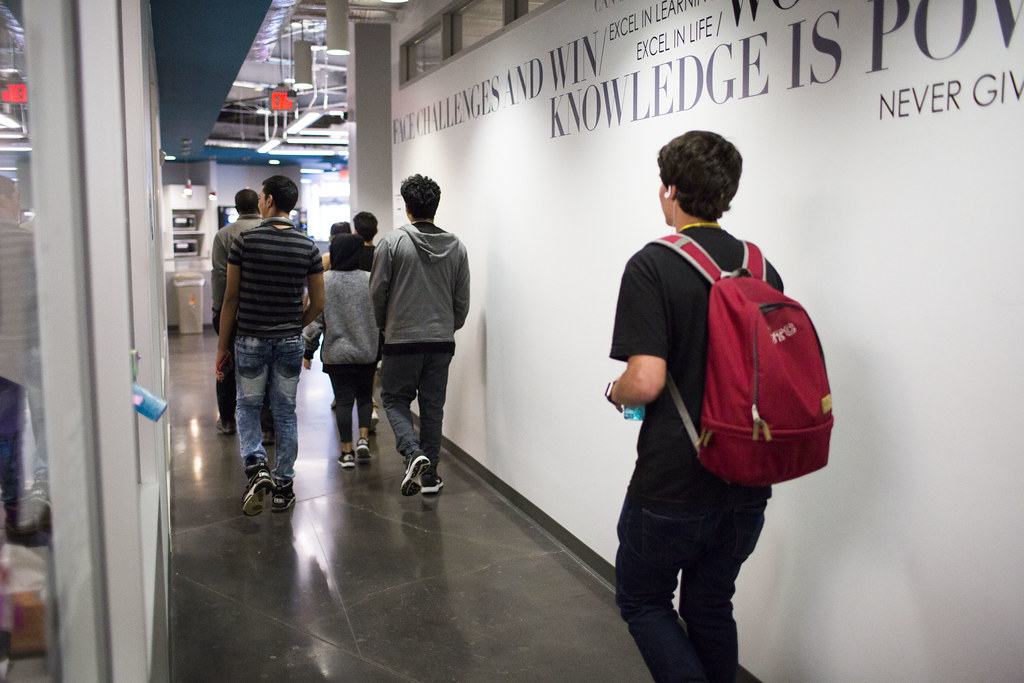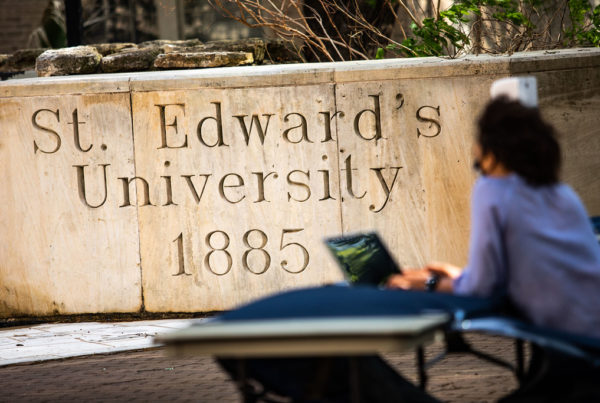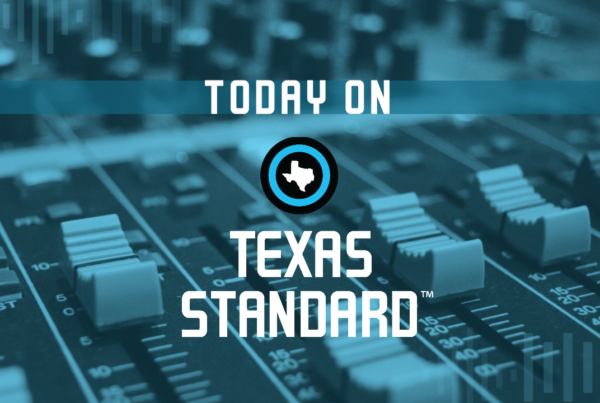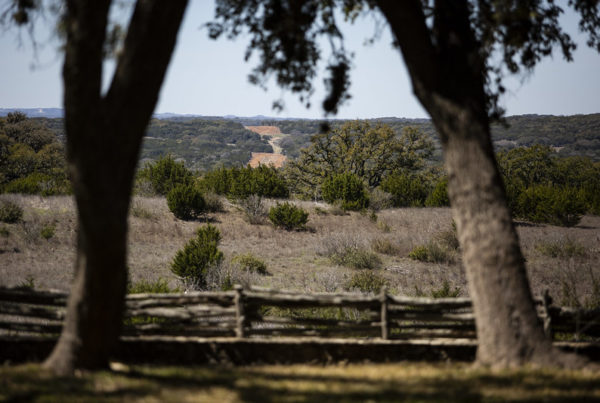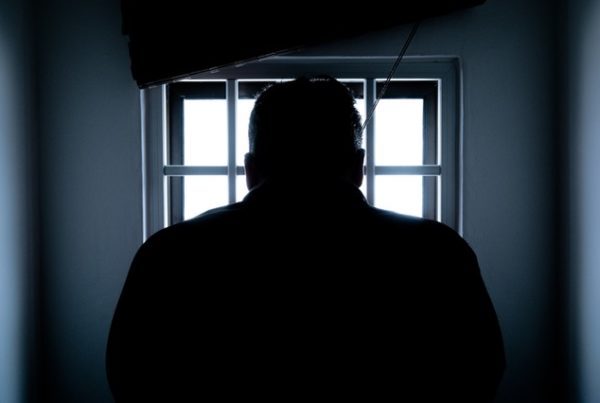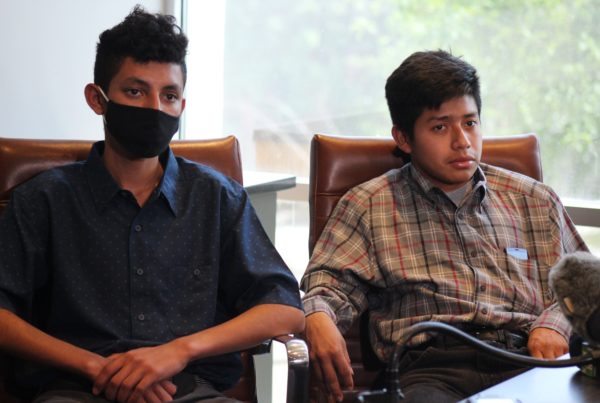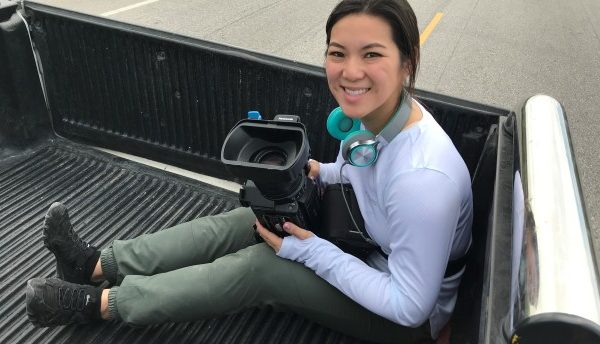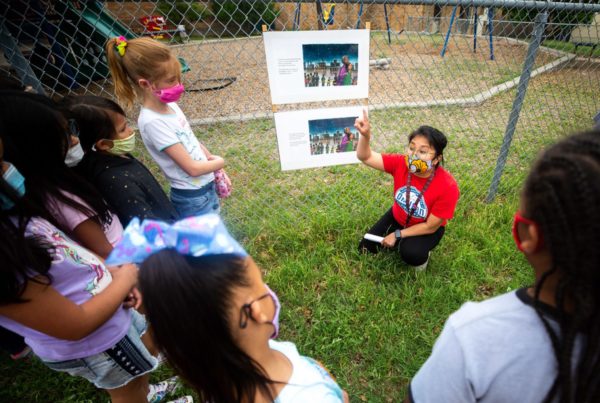Texas schools have begun administering the statewide standardized exams know as the State of Texas Assessments of Academic Readiness, or STAAR, to elementary and secondary-school students.
But with so many students still learning from home because of the pandemic, school leaders expect that many might not show up to take the tests this year, leaving some to wonder what the benefit of exams will be.
Talia Richman, an education reporter for The Dallas Morning News, says that while the exam is unconventional this year, it still could have some benefits.
For example, it could help determine an individual student’s level of learning loss due the pandemic, something parents and educators everywhere are hoping to better understand so they can help students moving forward. Test results will also give state education leaders a snapshot of the system as a whole so they can plan their post-pandemic strategy. Richman says the federal government is also pushing states to gather data through testing.
“The federal government has said, ‘States, you need to do your standardized tests because we need some sense of what is going on in schools and what students are learning so we know how to game plan; how to catch them up,’ ” she said.
There’s also an unprecedented amount of federal money behind the effort as part of federal COVID relief programs.
But any data collected from STAAR will come with some big caveats. That’s mainly because so many students – about 44%, she says – are still learning from home, and may not show up in person to take the tests. Though STAAR takes place online, they have to be administered on campus. And while every student is technically required to take their test, the consequences are more severe for high school students who might not be able to graduate if they don’t pass certain exams.
Richman says there’s an appetite at all levels of the education system to help kids get back on track with schooling after the pandemic. But without a complete picture of students’ learning, she says there’s potential for the state to put money toward the wrong things.
“These numbers are hoping to shed some light on it, although researchers are saying, ‘Be careful. You don’t want to give money to the wrong places who don’t need them most because you’re you’re working with shoddy data,'” she said.


